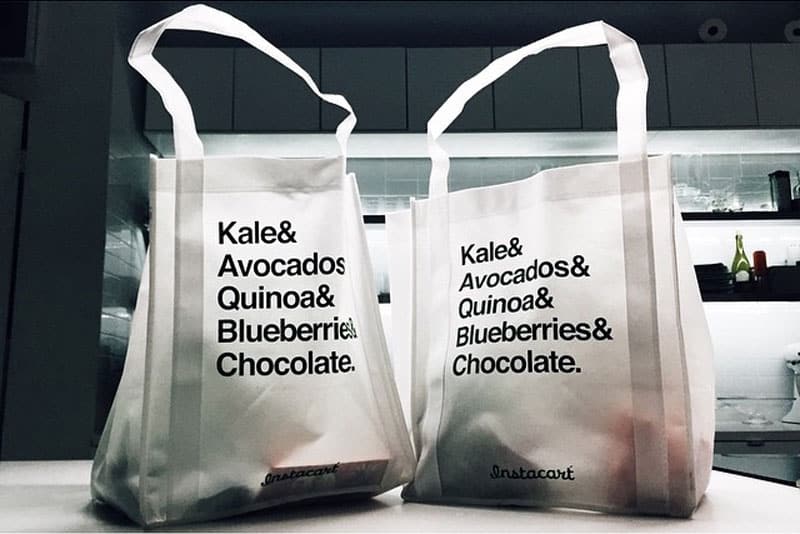Today’s consumers are all about convenience. Countless “Uber-like” on-demand services have emerged in recent years to provide people with what they want, when and where they want it. In the food and beverage industry, an increasing number of consumers are looking for on-demand food delivery options, and grocery retailers are being forced to react. Companies like Instacart and DoorDash are leading the charge on this front, employing personal shoppers to hand-pick and deliver items from trusted local stores to their doorsteps. By partnering with one of these companies, grocery retailers can break into the e-commerce space, without having to deal with the hassles that come with building or revamping a traditional e-commerce infrastructure.
Some of the largest retailers are doing just that. Recently, Target announced an on-demand grocery delivery pilot program with Instacart. Shoppers in the Minneapolis area will be able to use Instacart to order food and other items from Target and have them delivered in as little as one hour (TechCrunch). Similarly, 7-Eleven recently partnered with DoorDash to provide on-demand delivery from their stores in five major metropolitan markets across the U.S (Food Logistics). These partnerships not only benefit customers looking for added convenience; they also benefit retailers in a variety of ways.
Opportunity for Additive Business
By giving customers access to products via an on-demand delivery service, retailers may earn business they wouldn’t otherwise get. For example, Whole Foods—another Instacart partner—stated that they receive a surge in orders when bad weather hits. They also have noticed customers using the service for long-distance ordering (for instance, parents ordering groceries for their children in a different state). When asked specifically how much of Instacart business is additive versus cannibalizing, Whole Foods’ co-CEO John Mackey said that the service will allow them to get more convenience business than ever before (Forbes). Additionally, consumers often add more items to their online shopping carts than they would to physical carts in stores. Because they don’t have to pack and unpack their cars, they are more inclined to buy more.
Fewer Resources Needed from the Retailer
On-demand delivery services aren’t competing with retailers, but actually giving them a competitive edge. Companies like Instacart and DoorDash employ their own drivers, who have their own cars and their own mobile phones. Because of this, retailers who partner with them don’t need to make major investments in or changes to their infrastructure to accommodate online orders. There is less overhead with no need to hire extra staff, build large networks of warehouses, or hire delivery trucks. There’s also less risk involved, as they don’t have to deal with driver compliance or safety protocols. These services provide a frictionless way for retailers to expand their geographic reach and overall revenue without any major disruptions to their current business model.
Other Supply Chain Applications
On-demand grocery delivery is just one part of the larger crowdsourcing trend we’ve seen in recent years. The idea of matching demand with idle assets is certainly transforming the way businesses operate. We’re seeing it in other areas of the supply chain as well. Technology companies like Cargomatic and FLEXE are challenging the status quo with on-demand shipping and warehousing. Supply chain professionals should consider where else this type of technology may fit into their long-term strategy. How would on-demand technology translate to things like production assets, refrigerated storage, or equipment repairs? Time will tell which technologies will thrive or flounder, but one thing is clear: these platforms are powerful.

